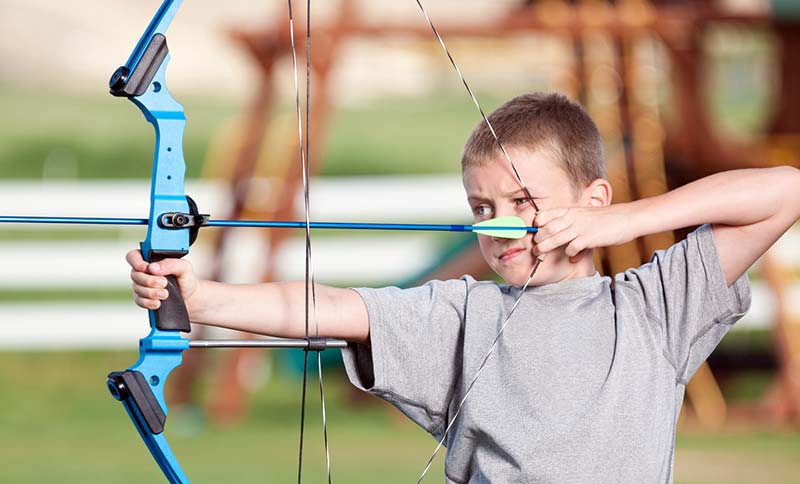≡
Common questions and answers
Can a school participate in NASP if it doesn't obtain a grant?
Yes. Any public or private school can become a NASP school if it has the financial resources to purchase the equipment ($3,011 for the school year) and to send at least one teacher to Basic Archery Instructor (BAI) training. There is a $10 charge per person to cover per diem expenses for the BAI training. The provisions listed on the program requirements page apply to all NASP schools. We strongly encourage participation in the annual NASP State Tournament.
When is the deadline for the grant application?
Typically, the DWR must receive all grant applications for the following year by Oct. 1.
When must the schools submit their end-of-year reports?
All schools must submit a report to the DWR by July 31. The DWR will provide the report form as soon as you begin participating in the program.
How can I become a Basic Archery Instructor Trainer (BAIT)?
The DWR will offer BAIT training to schools and other participating organizations and volunteers on an as-needed basis.
When is the annual NASP State Tournament?
Utah's annual NASP State Tournament is typically held in March. The DWR will provide details to participating schools.
What is the minimum number of teachers necessary for the DWR to hold a training session?
If fewer than six teachers register for a scheduled training, the DWR will cancel the class.
What is the maximum number of teachers that can participate in a training session?
If more than 12 teachers register for a scheduled training, the DWR will schedule an additional date.
How can other people or organizations get involved with NASP in Utah?
You may know of an individual, business or organization that would like to invest in young people through the sport of archery. If so, the DWR and the Utah NASP Grant Program gladly accept donations and then disperse the funds as donations allow. The funds are used as grants to help schools through the Utah NASP Grant Program. Checks should be made to the order of the "Utah Division of Wildlife Resources." Be sure to indicate "DWR NASP Grant Program" in the note or comment area of the check. Donations are tax deductible (the DWR's tax ID # is 87-6000545).
Donations to the DWR NASP Grant Program should be sent to:
Troy Anderson
Shooting Sports Coordinator
Utah Division of Wildlife Resources
PO Box 146301
Salt Lake City, UT 84114-6301
How long does it take for NASP equipment to get to a school?
It generally takes 30 calendar days for all of the NASP equipment to arrive. The DWR will place an equipment order after at least one teacher from the school successfully complete the BAI training and the committed school contribution is received.
What does the NASP equipment include and what does it cost?
By partnering with sportsmen's groups, conservation organizations and local companies, the DWR hopes to minimize the cost of the NASP equipment to schools. The exact cost varies depending on manufacture and shipping costs at the time of purchase, but is approximately $3,000. (The retail value of the equipment is nearly $5,000.) There are a few items that are not included but will be needed before the school begins teaching archery. For example, painter's tape and floor quivers (i.e., arrow holders) are not included. Each participating school will receive the following equipment:
- 10 Genesis compound right hand bows ($1,110)
- 2 Genesis compound left hand bows ($222)
- 5 dozen Easton-Truflite 1820 Aluminum arrows ($141)
- 5 Morrell 33" Eternity targets ($780)
- 1 BCY 30' × 10' bag arrow curtain w/carrying bag ($282)
- 1 repair kit ($110)
- 2 Archery Shooter bow racks ($200)
What are the costs associated with maintaining the NASP equipment in a safe and operational fashion?
There are nominal ongoing costs to properly maintain the NASP equipment, depending on how well it is cared for. This is mostly for target face and arrow replacements. During training, instructors will learn how to repair arrows, make basic bow repairs and make floor quivers. Many archery retailers may be willing to supply arrow repair parts or repair arrows and bows free of charge. Each NASP school is encouraged to find a local archery organization, archery retailer, or club that will sponsor, adopt or partner with them to assist with handling any major maintenance or repair work.


